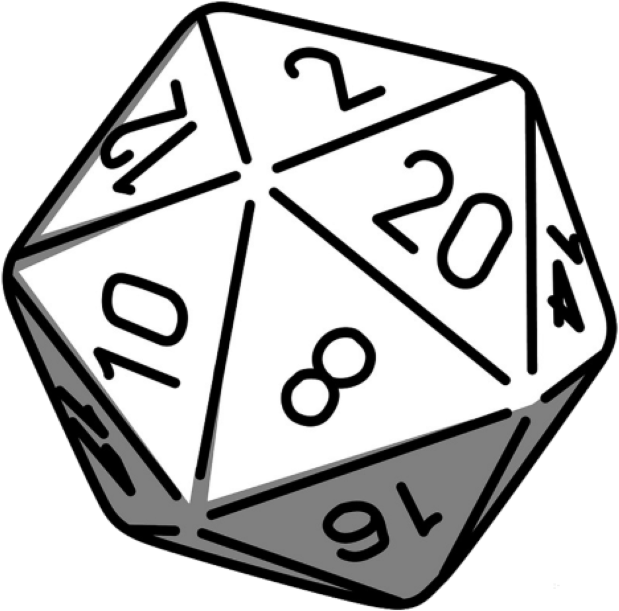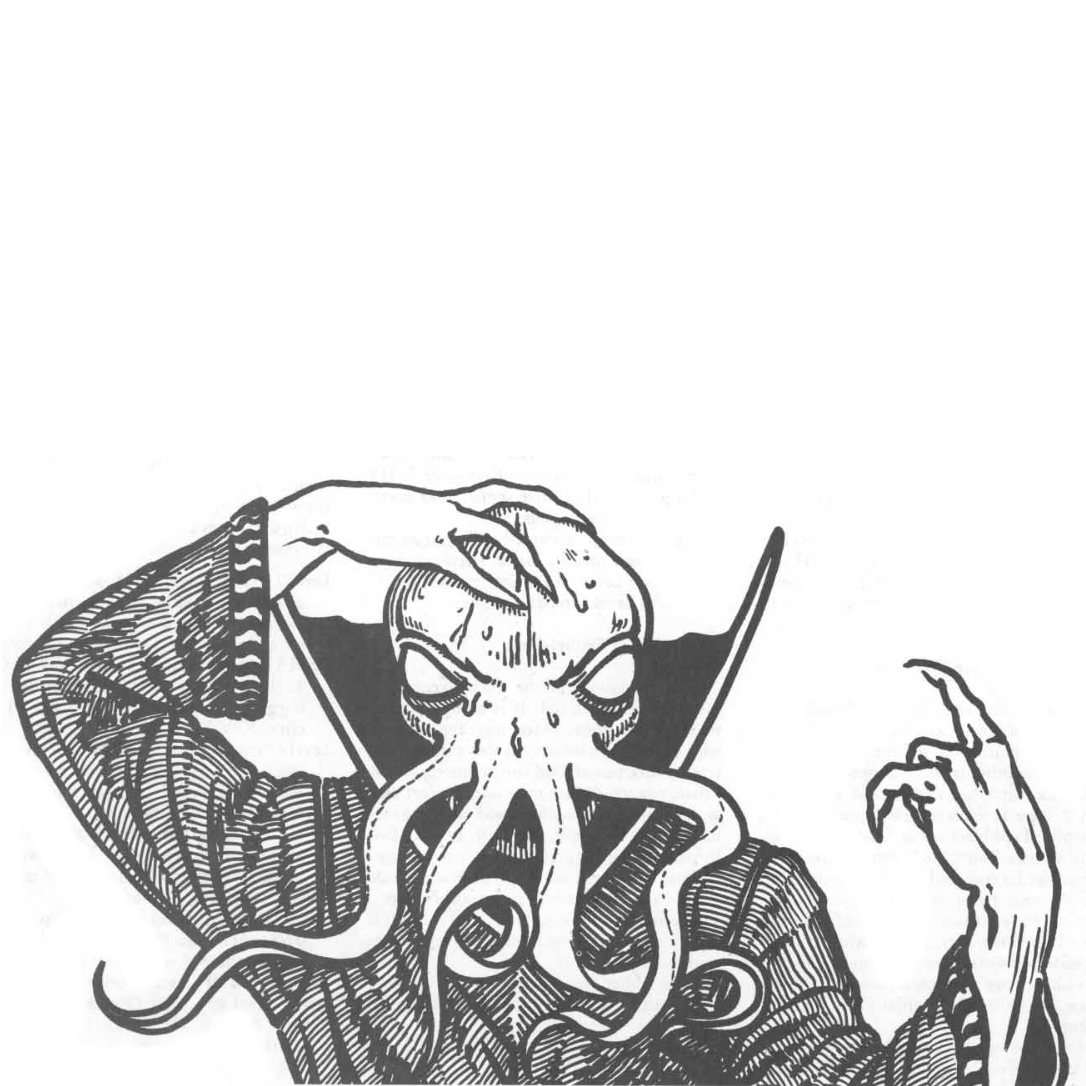https://www.youtube.com/watch?v=yl0z5Z8bvro
In this video Seth talks about quantum orges, or what I call Schrodinger plot point. He had a mostly positive view. So do I, in fact I wa blinded sided that some people see this thing in a bad way.
What is everyone’s view on this?
Good video. There are a lot of players out there who have never GM’d but definitely know everything about it and feel free to share their wisdom.
This is just another tool in the GM’s tool belt. For clues, important NPCs, and even important locations, this is perfectly fine to employ when needed. For encounters, well, planning a session can take a lot of time and it’s a waste if you throw it away. I agree with his conclusions.
The bigger problem is ruining the pacing of the game by making the players do the equivalent of a pixel hunt. Better to put whatever they’re looking for in a place that makes sense to maintain the flow of the game.
Zooming out further, I also occasionally funnel players through narrative chokepoints in order to set up the remainder of an arc or campaign. In Mass Effect you always need to encounter the Prothean artifact and the villain, but then you can solve problems any number of ways before your options constrict again for the endgame. A judicious amount of railroading is not a bad thing, provided you don’t tell players how their character acts or feels. The reality is an aimless game is a boring game, and a little bit of drama or foreshadowing via a limited number of scripted story events can greatly enhance the arc or campaign.
Bottom line, every tool has its use.
Yeah true. I personally call Quantum orges Schrodinger plot point since you can apply it things other then enemies. With important clues you really have to use it. One of my friends/gm personally uses this in all his games to some amount
I consider it “short-term positive but long-term negative”. Using it occasionally is nice just like having a drink. If you do it every day however, it will bite you eventually.
Like any fiction, roleplay requires some suspension of disbelief from the players. If they become aware of the quantum ogres it breaks that and ruins the fun.
It hate it when computer games advertised something like “8 different endings!” Eight endings means there are only three meaningful yes-no decisions to make. All the other thousands of tiny decisions I make in the game will have no impact on the story. They only determine if I make progress or get stuck or maybe the order of scenes. The beauty of (sandbox) ttrpgs is that every small decision can actually matter.
it never ruins the fun for me. I remember one campaign I was in and we were talking about the last session and the GM said he didn’t plan on us taking a boat. SO he had to quickly move a land encounter to the sea. So yeah he casually mentioned the use of QO and no one in the group cared. It’s D&D all roads lead to combat.
My only problem with the quantum ogre is that if you’re determined to have your players face a certain encounter, why even bother with the illusion of choice? Why have the left door and the right door? Why not just have a straight hallway?
Players already tend towards analysis paralysis for any choice you present, so if you’re going to give them a decision, then you can at least have that decision have an impact or clear consequences. No one wants to do a bunch of prep for content the players will never touch, but part of the magic of TTRPGs is having a world that feels alive and that you can influence.
One of my favorite GMing terms I learned about recently is “showing the barrel of the gun.” If you don’t want to come up with two encounters - one that the players will never see and one that they will - then a much more manageable alternative is to have one option that reveals the imminent threat to the players and one that does not. And if they then bypass your planned encounter? Well, great, you showed them the threat, and they got around it.
Well i never heard that advice. But this was brought up in the video. Just because it is tge same group of zombies doesn’t mean everything us the same. The players pick one path they fight them in a feild the other path they fight them along a river.
Would feel that the players picking a oath and then rolling for a rabdom encouter is not an illusion of choice?
I think it’s just all a bit antithetical to how I run my games. I’ve really only used random encounters one time, and that was when I wanted to make a “classic dungeon crawl” and created an encounter chart to roll on when the PCs backtracked. That way, it would feel like the dungeon denizens were looking for them more the longer they were in the dungeon.
If they’re picking a path to get to an objective, then I want to reflect the flavor of that choice. If they’ve decided to cross a swamp, then I might have them run into another boat being attacked by a strange tentacle monster. Or, if they’ve decided to trek through the forest, a group of fey who are sick of the mortals encroaching on their land. Preferably, this ties back into the central story: the other boat in the swamp is carrying a rival adventuring party after the same treasure as them. The fey have been enlisted by the big bad who stole the treasure in the first place.
And if they miss either of these, they’ll run into them inside the dungeon eventually. These encounters are just a chance to foreshadow those things and don’t feel ‘wasted’ to me.
As a GM, I tend to think about encounters in quite a different way. First, if I have a location which I require the players to go to, for an adventure to happen—typically at the start of a campaign—I’ll start at scene one, “Okay, you’re there!” then ask the players why and how their characters have decided to go there.
This is no different from making sure that adventurers ARE adventurers, or wannabe adventurers, not shopkeepers or farmers or blacksmiths. Sure, you can have a “fish out of water” scenario, but, in general, you want the premise of each character to be compatible with adventuring.
In the case of encounters, I tend to think about the landscape, the ecosystem, and the logic of the world.
If there are ogres about, what do they eat? Where do they get their supplies? What other ogres or other creatures do they interact with? Once you start tracking the activities of the monsters and the rest of the world, then the whole thing starts to feel a lot more logical.
Smart players will start to make logical conclusions, from the evidence of their presence, that encounters may happen. Even if they never actually encounter an ogre, they’ll see the overgrown roadway, and wonder why the road is not in use. They may find the deer guts, and wonder who gutted it before crrying it away. I let the particular flow of the story emerge from the logic of the world, and what the characters do in it, rather than focusing on “narrative beats”.
What this means, of course, is that you have to design the context carefully, so that it’s both coherent and challenging. And you have to operate the active parts of the world, even when the players don’t interact with them.
I am absolutely opposed. The most important quality of games like we are discussing is player choice, and in order for player choice to be meaningful, the fictional world of the game needs to be internally consistent. Players need to be able to make decisions based on the information they have, and the consequences of those decisions have to be based on in-universe factors.
The second most important thing, of course, is player trust. When an unprepared umpire puts his foot down and says, “Look, I prepared for you go west, so you’re going west,” the players can at least trust that the rest of the time, when the umpire doesn’t force them to make a specific choice, their choices still matter. Like fudging the dice, it’s a rotten game tool that might save your game tonight, but as soon as your players catch you at it, it will ruin your whole game and probably the next several games afterwards.
It’s Bad Advice from the Dark Ages of our hobby.
ok but can you answer this follow up question. What the difference between QO and just rolling for an encounter? Also if internal consistency is the most important then how can a gm improve anything, which they have to do since players will do unexpected things?
It’s a good technique but one that can be abused. As most techniques. Using it as a tool to funnel the group into the content that has been prepared regardless of group strategies is one of the worst. In such cases I’d be much happier and excited if the GM comes out and says only the ogre path is prepared.
I would also like to divide the quantum ogre into two parts - the quantum obstacle and the quantum reward. Quantum obstacle being that regardless of path A or B the same encounter will happen, like a group of ogre bandits. The quantum reward being that regardless of path the same reward waits for them. Like they went after the ogre warcamp instead of the orcs’ and found leads to the greater conspiracy. Same leads that would have been in the orc camp. The quantum reward I love to use as it keeps the game going forward, as each (equal) path leads to the same rewards there is no need to do multiple.
that what he concludes in the video, it is a tool.



